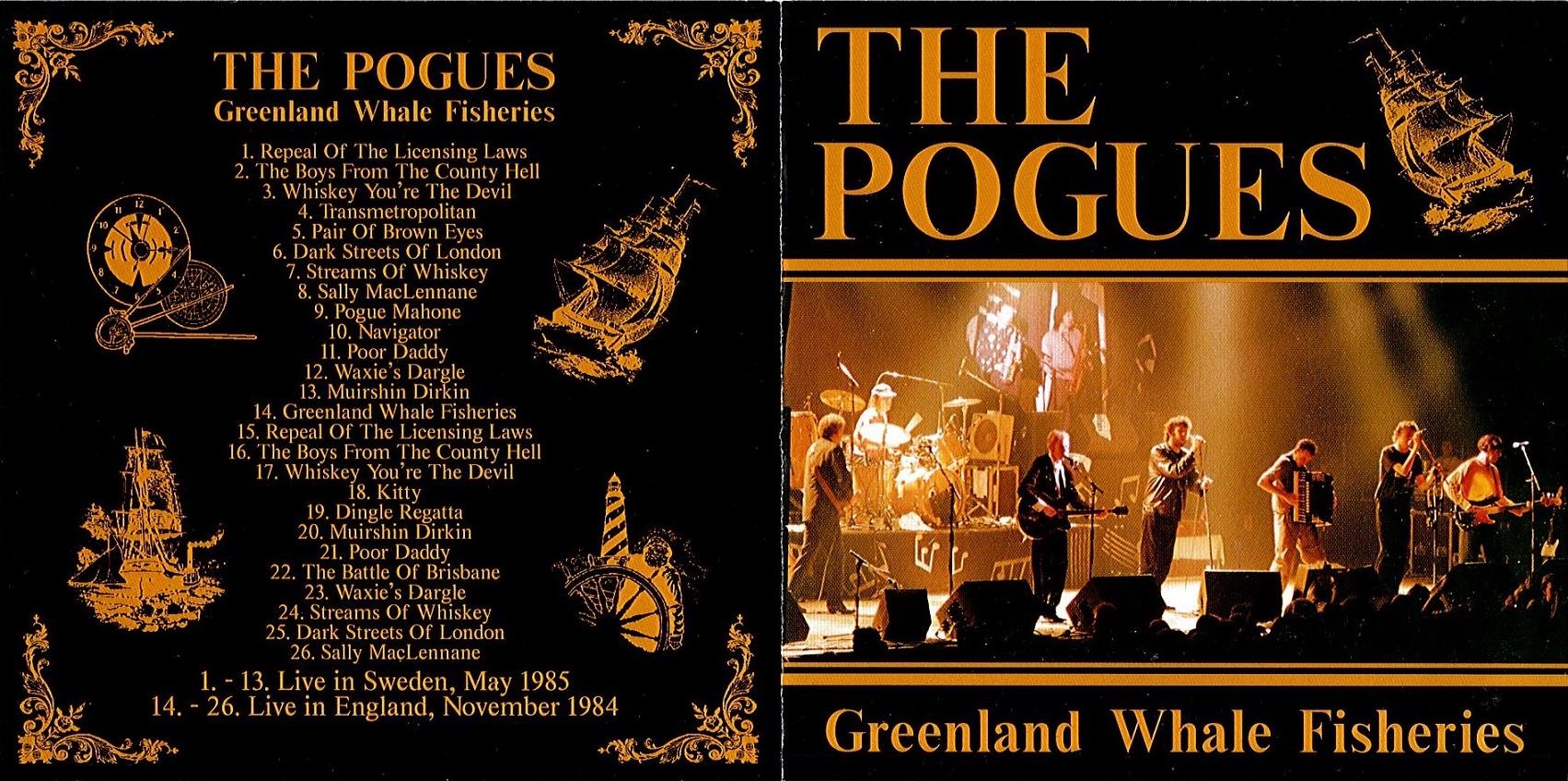El gerifalte o halcón gerifalte (Falco rusticolus) es una especie de ave falconiforme de la familia Falconidae, el más septentrional de los halcones.
Su hábitat se distribuye desde la taiga a la tundra y regiones polares de la región holártica (Europa, América y Asia), presentando diferentes variedades según la zona. En general es una especie sedentaria de las regiones en las que vive pero algunos ejemplares hacen pequeñas migraciones en invierno, después de la temporada de reproducción. Es ave de la tundra y de las montañas, donde puede encontrar acantilados y árboles.
El gerifalte se alimenta de mamíferos y otras aves. Es depredador hábil y vuela hasta que vea una presa para atacar. Mata la mayoría de sus presas en tierra, incluso si las captura primero en vuelo. Sus presas aviarias suelen ser lagópodos, gaviotas, zancudas y pájaros, pero a veces incluyen hasta otras aves rapaces. Sus presas mamíferas también varían mucho de tamaño, desde las musarañas hasta las marmotas (las cuales pueden pesar hasta tres veces más que el halcón). El gerifalte también se alimenta de carroña, pero muy ocasionalmente.
En la Edad Media el gerifalte era considerado « el ave del rey ». Por su rareza y por las dificultades en conseguirlo este halcón solamente era asequible a reyes e hidalgos adinerados. Incluso hoy en día los gerifaltes son aves tan costosas que los dueños y avicultores los esconden para evitar robos.
El gerifalte es el ave emblemática de Islandia (Fálki, eða valur).
wikipedia
Gyrfalcons of the kings
Frank Wenzel
Publicación electrónica (Issuu) sobre los halcones de Islandia y Groenlandia. Ya se hicieron célebres en tiempos vikingos, siendo una mercancía con la que intercambiaban otros productos en oriente, donde fueron muy apreciados en cetrería.


